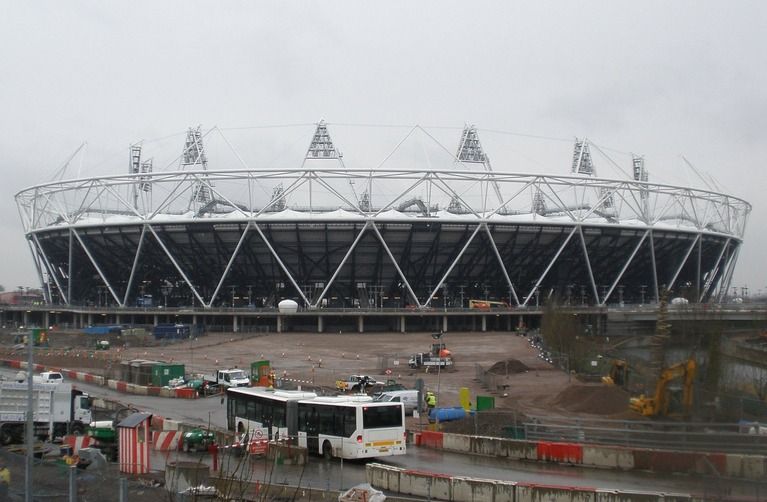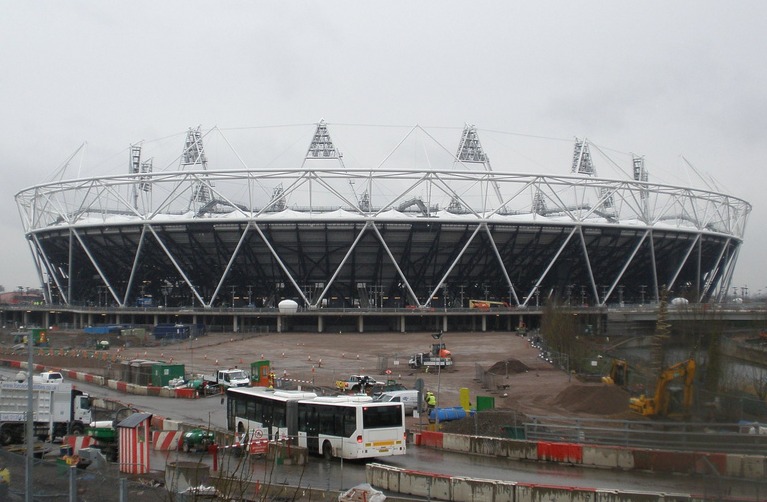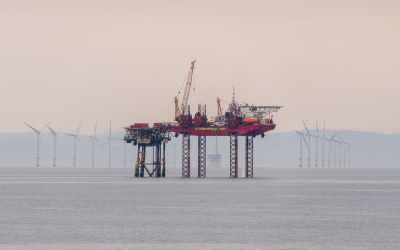London 2012 goes for Gold in the low-carbon Olympics
While the London 2012 Games will not hit all its targets for sustainability, a report released by the Organising Committee yesterday (20 April) remains positive about the Games’ overall aims and believes it will be a blueprint for future low-carbon projects.

 The London 2012 construction plan will provide a blueprint for future low-carbon projects but some targets will not be met, according the Games organisers’ first sustainability report.
The London 2012 construction plan will provide a blueprint for future low-carbon projects but some targets will not be met, according the Games organisers’ first sustainability report.
The first report, ‘A blueprint for change’, released by the London Organising Committee of the Olympic Games and Paralympic Games (LOCOG) yesterday (20 April) covers the whole London 2012 programme for the calendar year 2010.
The report, sets out the ways in which the Games is taking sustainability considerations into new areas, covering the key themes set out in the original plan, first published in 2007, and looks at how issues including carbon reduction, greening supply chains and the failure to meet renewables targets.
LOCOG Chief Executive Officer Paul Deighton said: “I’m proud that sustainability is an important part of how we do business. The work that has been done on integrating sustainability into food, logistics, transport, ceremonies, technology and event management has uncovered opportunities that have not been realised before in an Olympic or Paralympic context. This report outlines the work that has gone into making the Games as sustainable as possible. There is still much to be done, but we are well on track to achieve some fantastic results.”
Achievements include the Olympic Delivery Authority’s (ODA) aspiration to cut carbon emissions of the built environment by 50 per cent by 2013 being on track, with the Velodrome, the first venue in the Olympic Park to be completed, achieving a 31 per cent reduction in carbon emissions over 2006 building regulations.
The ODA also achieved 67 per cent of construction materials to the Park by sustainable transport, 17 per cent above targets, and are also on track to deliver a 100 per cent ‘public transport games’.
They are also on track to exceed the water target of reducing portable water use by 40 per cent.
However, the report also examined the failure to achieve 20 per cent of energy from renewable sources. Despite extensive work to try to deliver a 120-metre wind turbine in May 2010 the ODA announced it would not go ahead with the instalment, resulting in renewable energy predictions halving to 10 per cent.
These new targets are thought to be met through solar photovoltaics and a 3 MW biomass boiler. The Games also came under fire last week by those concerned that pollution from increased transport in the area could breach EU regulations, despite the aim of a fully public transport games.
The report also revealed an increase of 10 per cent on the predicted carbon footprint for the Games. This is blamed on more advanced measurements, and the removal of the wind turbine, which was set to lower CO2 significantly. As other items are reviewed this footprint could adjust further, according to the report.
However, despite some set backs, they Games organisers and ambassadors are still positive about the sustainability results London 2012 can achieve.
London 2012 Sustainability Ambassador and founder director of Forum for the Future, Jonathan Porritt, commented: “Amazingly, many people still keep questioning what sustainability means in practice. Well, the report provides a pretty good answer, and speaks volumes about the way in which the very high ambition level for genuinely sustainable Games in 2012 is being translated into action on the ground – across such a wide range of issues and initiatives.
“There’s still a long way to go, and many things still have to be brought to fruition, but progress to date is truly impressive.”
Image: Amanda Slater | flickr






